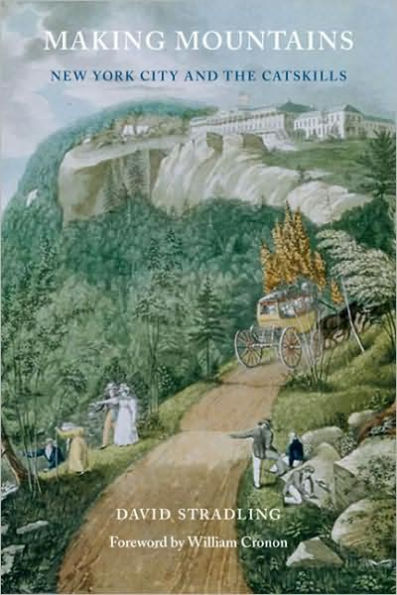5
1
9780295987477



Making Mountains: New York City and the Catskills available in Hardcover, Paperback, eBook

Making Mountains: New York City and the Catskills
- ISBN-10:
- 0295987472
- ISBN-13:
- 9780295987477
- Pub. Date:
- 11/20/2007
- Publisher:
- University of Washington Press
- ISBN-10:
- 0295987472
- ISBN-13:
- 9780295987477
- Pub. Date:
- 11/20/2007
- Publisher:
- University of Washington Press

Making Mountains: New York City and the Catskills
$50.0
50.0
In Stock

Product Details
| ISBN-13: | 9780295987477 |
|---|---|
| Publisher: | University of Washington Press |
| Publication date: | 11/20/2007 |
| Series: | Weyerhaeuser Environmental Books |
| Edition description: | New Edition |
| Pages: | 336 |
| Product dimensions: | 6.00(w) x 9.00(h) x (d) |
| Age Range: | 18 Years |
About the Author
What People are Saying About This
From the B&N Reads Blog
